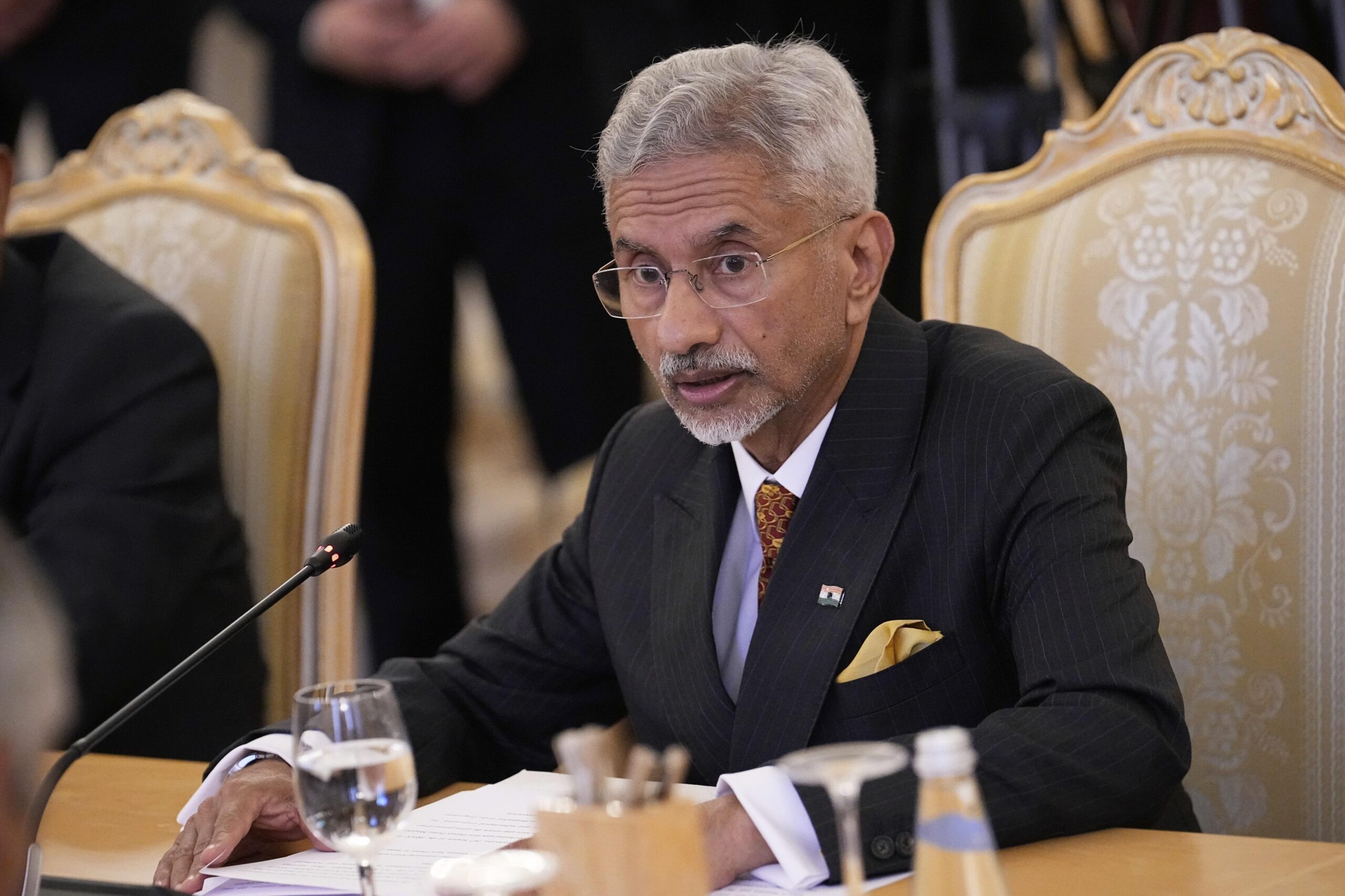Now Reading: How Gen Z in Non-Metro India Is Changing the Face of Crypto Investing
-
01
How Gen Z in Non-Metro India Is Changing the Face of Crypto Investing
How Gen Z in Non-Metro India Is Changing the Face of Crypto Investing

India’s Gen Z is rewriting the rules of money, and nowhere is this more visible than in the crypto space. While metros have long been the hub of digital finance, it’s the youth in non-metro cities who are now driving fresh momentum. With smartphones in hand and curiosity as their fuel, they are approaching crypto differently—blending ambition, caution, and digital fluency in ways that are shaping the market’s future.
A New Generation of First-Time Investors
Unlike older investors who focus on traditional assets like gold or fixed deposits, Gen Z is more willing to experiment. Many start their financial journey directly with crypto, treating it as a gateway to modern investing. Their comfort with digital platforms, gaming, and online communities gives them a natural advantage in navigating crypto exchanges and apps.
Why Non-Metro Gen Z Is Stepping Up
Affordable internet, UPI payments, and accessible trading platforms have lowered barriers for smaller cities. For young people in places like Indore, Nagpur, or Lucknow, investing in crypto feels no different from using digital wallets or shopping online. Peer discussions on Telegram groups, Instagram reels, and YouTube tutorials often influence decisions more than traditional financial advice.
A Mix of Curiosity and Risk
While Gen Z’s boldness is reshaping adoption, it also comes with risks. Many dive in for quick profits, unaware of volatility or scams. Presale tokens, meme coins, and trending projects often attract their attention. Yet, at the same time, this group shows surprising adaptability—they learn from mistakes quickly, share experiences online, and develop a community-driven knowledge pool that helps others avoid similar pitfalls.
Shaping the Market’s Next Phase
The choices made by Gen Z in smaller cities are changing how crypto platforms operate. Exchanges are building simpler interfaces, launching local language support, and focusing on micro-investments to cater to this base. At the same time, regulators are watching closely, as the rising participation of younger, inexperienced investors raises questions about consumer protection.
Conclusion:
Gen Z in non-metro India is not just participating in crypto—they are redefining it. Their digital-native mindset, willingness to take risks, and reliance on online communities mark a cultural shift in how investing is viewed. If guided with the right awareness and safeguards, this wave of young investors could broaden financial inclusion and make crypto a mainstream part of India’s digital economy.

























